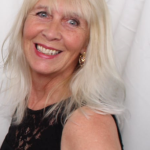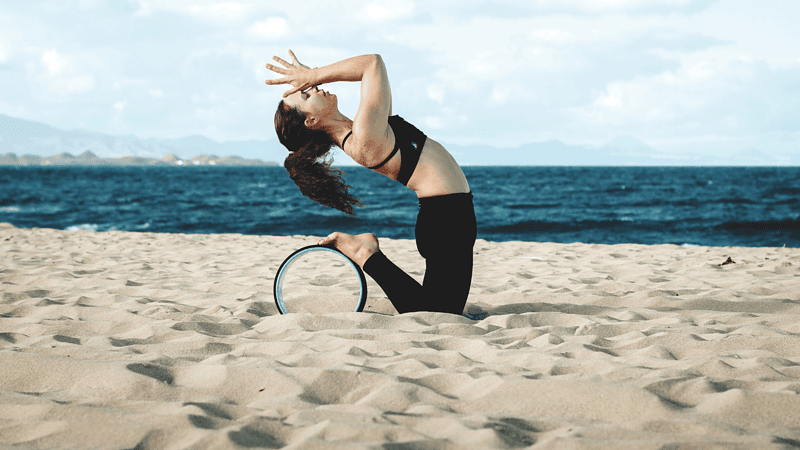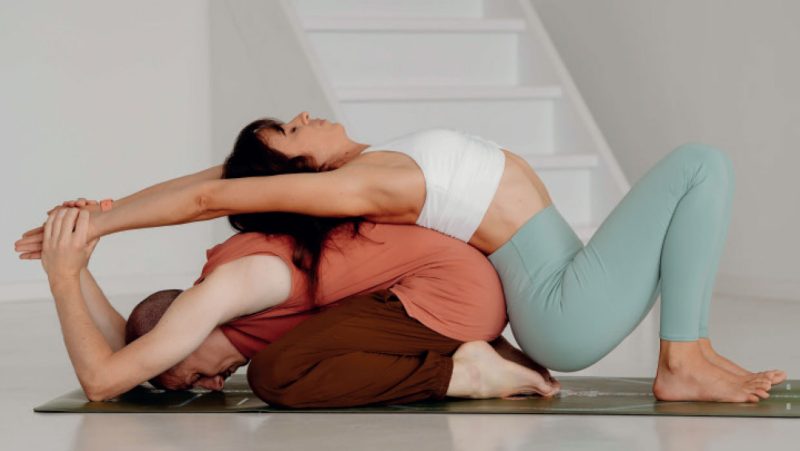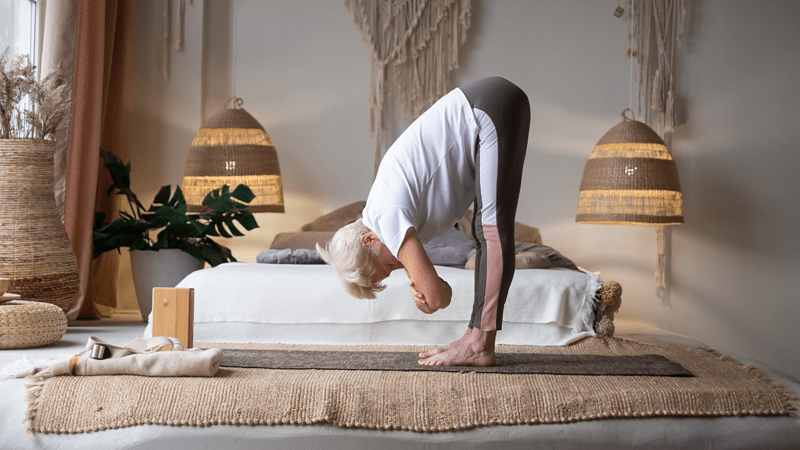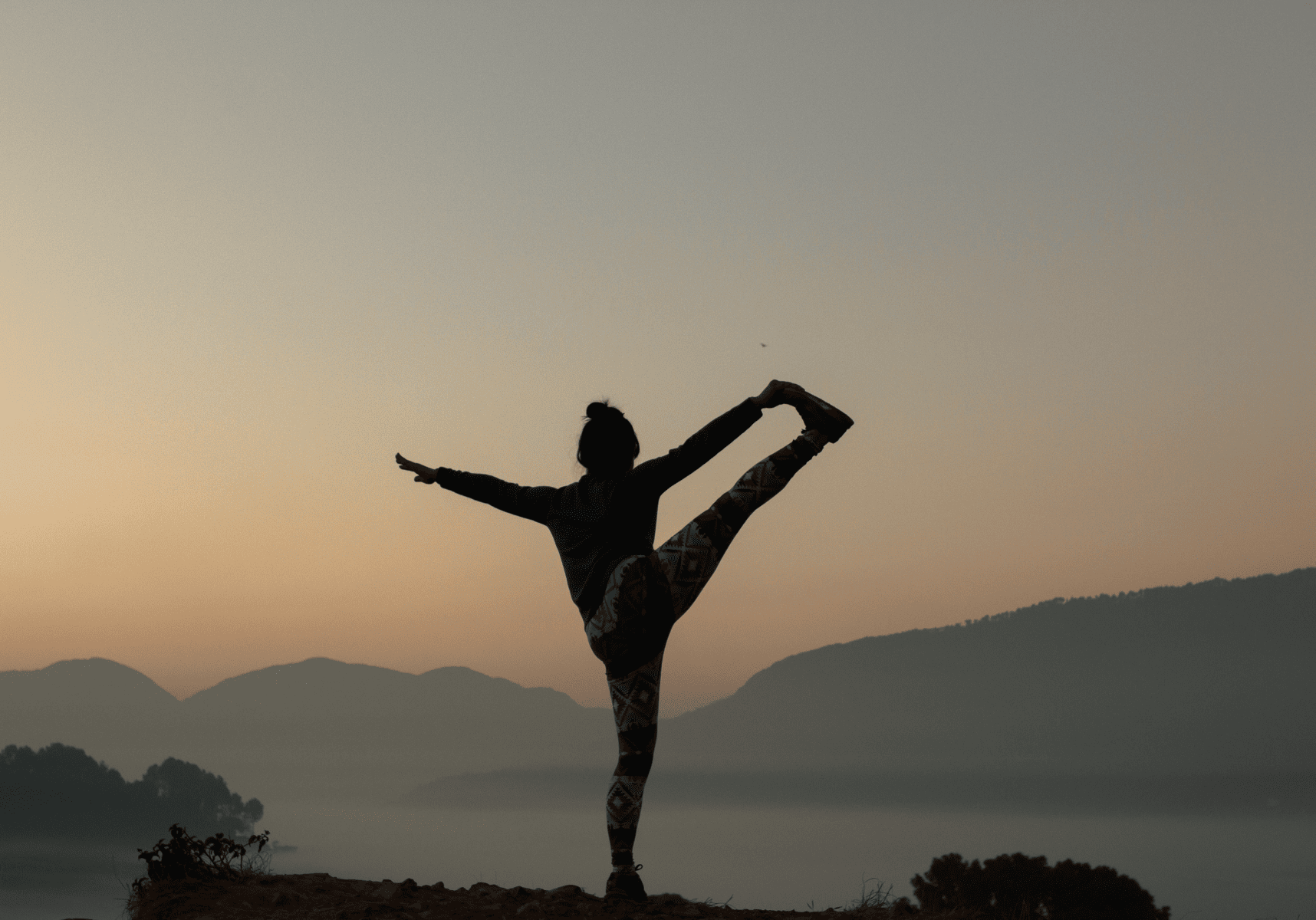
Que Sera, Sera
Letting go of ego - By Diane Ashfield
Reading time: 3 minutes
We all have that one asana that eludes us, maybe it’s a tricky arm balancing posture or - in my case - Chakrasana – Wheel. My spine will only bend backwards so far, and even after practicing yoga for more than 25 years, it still won’t accommodate an intense backbend. The problem is that as a teacher, I feel there is a certain pressure to be able to perform every pose under the sun which sometimes makes me feel like a bit of a failure – but that certainly shouldn’t be the case.
We have to remember that everyone’s body is different, and although I am fine with gentle backbends, I am also aware that the spine is my friend, it keeps my body upright, so I certainly wouldn’t want to damage my back for the sake of my ego or a fantastic social media photo.
What’s the point? I have come to accept that Chakrasana isn’t going to happen for me. Ever. And I’m happy with that. But acceptance can be a bitter pill to swallow for some.
Challenging ourselves is great – it’s often good to have a goal to work towards, but knowing our limits is more important. If there is a particularly demanding posture you are trying to get into, ask yourself what’s your motive? What are the benefits? Is it a fantastic pose to help boost your arm strength or balance? Or are you desperate to get into this asana just to boost your ego? Maybe you’ve seen somebody else perform this posture and decided that because they can do it, you should be able to do it too?
Yoga is said to be non-competitive, but the internet is awash with images of young svelte yogis in incredibly challenging asana, demonstrating to us what we are supposed to look like. When I mention to people that I’m a yoga teacher, I’m often asked “can you get into Lotus?” or “what’s the most difficult pose you can do?” Why is that so important? Yoga is the fusion of the body and the mind, but it seems that there is much more emphasis on twisting and bending our bodies into mind-boggling shapes than finding inner peace.
The yoga postures that we perform today were devised and developed thousands of years ago, so that the body could sit still in concentration and meditation practices for long periods of time without anything hurting. Any little niggly pains would distract our minds from our practice, so in order to calm and still the “monkey brain” chitter-chattering, we first have to have a strong body.
There are hundreds of postures we can perform to strengthen our muscles and help release stiff joints – but that doesn’t mean that we have to be able to do them all.
There is no yoga certificate or trophy for getting into handstand, but there is the possibility that you could hurt yourself in trying. You have no idea what happened next after that photo you looked at was posted on the internet. The yogi may have tumbled badly just after the camera clicked, they may have felt amazing in the pose but were so stiff that they couldn’t get out of bed the next morning!
Remember to work to your limits and listen to your body. Be kind. If a particular pose is proving tricky, find an alternative or work with props to support you. Ignore all the hype and body-perfect imagery we see on the Internet and focus on yourself. Beware of pushing your body to extremes, tune in to what your body is saying and don’t let a certain pose become an obsession – it’s honestly not worth it. Let it go – whatever will be, will be.

